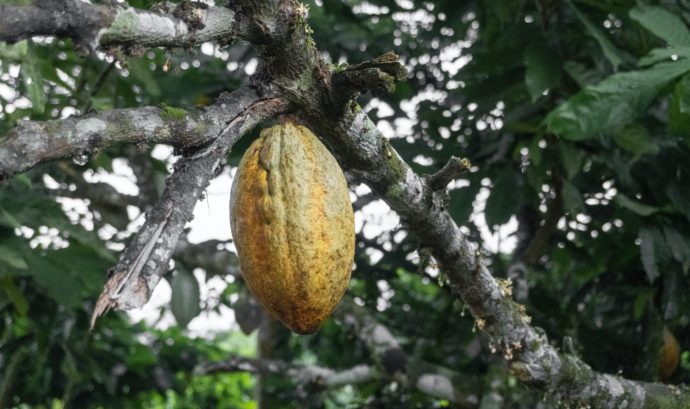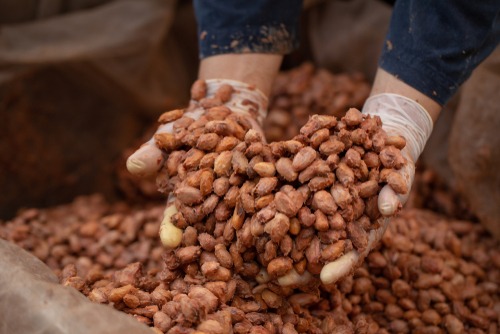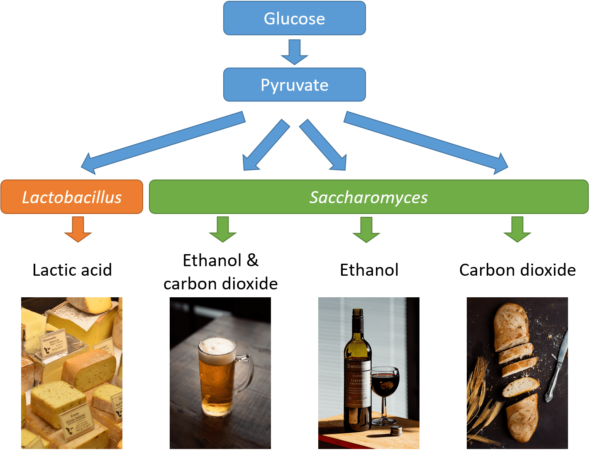Chocolate grows on trees! Well almost – it comes from the cocoa tree (Theobroma cacao), which in Latin means ‘food of the gods.’ It is turned into the tasty treat by microbial fermentation. The large seed pods contain 30 or 40 seeds surrounded by a sticky pulp, which are removed together from the seed casing and placed in a container. They are left for around 7 days to ferment naturally by microbes that are already associated with the seed pods and pulp.


Over this time, the mixture can reach temperatures of up to 50 oC with a change in dominant microbes responsible for the fermentative processes. The process produces ethanol, lactic acid, and acetic acid, which kills the bean seeds preventing them from germinating, and results in the flavour precursors that we are familiar with. However, it’s a sensitive process and over-fermentation results in bitter flavours in the chocolate. After fermentation, the beans are dried and roasted before processing into a liquid and finally into raw cocoa bars. Salmonella, which causes foodborne illness can survive in cocoa powder so manufacture of chocolate must be very carefully controlled.
Read also
Food production
Fermentation
Fermentation, carried out by bacteria or fungi, is involved in the production of many of the foods that we eat, every day.
